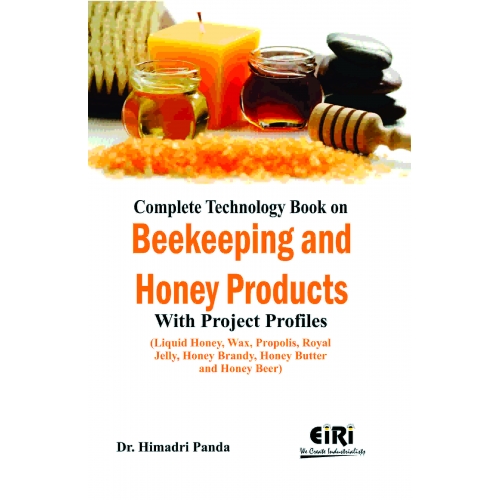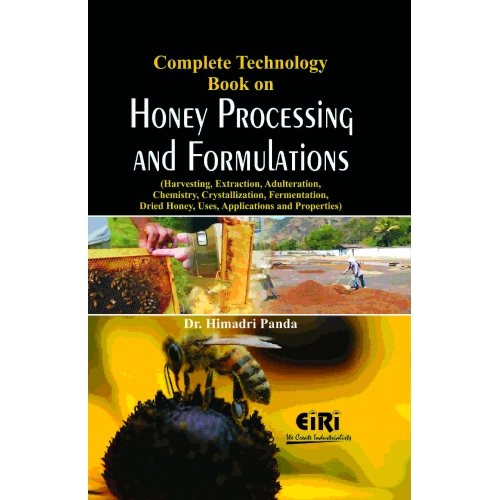Sweet Success: Navigating the World of Honey Processing - Project Report and How to Start Guide

In the realm of culinary delight, natural sweetness, and ancient healing, honey stands as a timeless treasure. For centuries, this golden nectar has graced our tables and served as a symbol of purity and goodness. Beyond its unparalleled flavor, honey holds a special place in our hearts for its myriad health benefits, making it not only a delectable treat but also a cherished elixir.
The honey market in India was worth INR 23.3 billion in 2022. Looking ahead, experts predict that by 2028, it will reach INR 38.8 billion, growing at an average rate of 8.87% during this period.
The journey from beehive to kitchen table, however, involves a fascinating and intricate process known as honey processing. This critical phase bridges the gap between nature's bounty and the jars of honey that line our supermarket shelves. It transforms raw honey into a product that is not only safe for consumption but also visually appealing and easy to handle.
|
|
Honey Processing: A Blend of Art and Science
Honey processing is an art form intertwined with scientific precision. It encompasses a series of meticulously planned steps designed to extract honey from its raw, comb-bound state, remove impurities, and prepare it for packaging. This process not only enhances the honey's taste, texture, and shelf life but also ensures its safety and quality.
1. Harvesting:
The journey begins in the apiary, where beekeepers harvest honey from beehives. This delicate task requires timing, expertise, and the utmost care to minimize stress to the bees and protect the hive's sustainability.
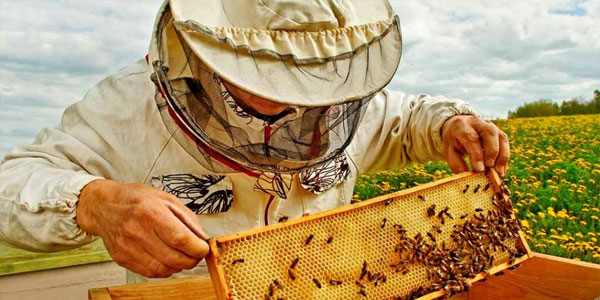
2. Extraction:
Once harvested, the honey-laden frames are transported to the honey processing facility. Here, the honey is carefully separated from the wax comb using specialized equipment like honey extractors. This step is critical in preserving the comb for the bees' continued use.
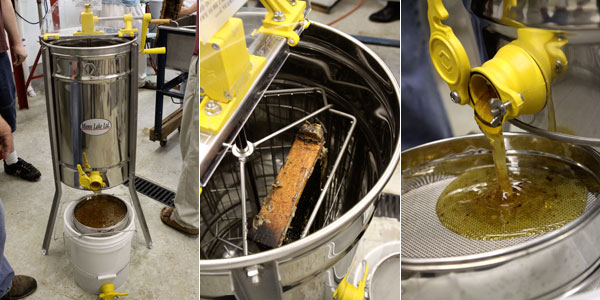
3. Filtering and Straining:
Raw honey contains bits of wax, pollen, and other debris collected during the bees' foraging. Filtering and straining are essential processes that remove these impurities, resulting in the clear, liquid gold we recognize as honey.
4. Pasteurization or Raw Honey:
After filtration, honey can take two paths: pasteurization or preservation in its raw form. Pasteurization involves heating the honey to eliminate potential yeast and prevent crystallization. Alternatively, raw honey, prized by purists for its unaltered flavor and potential health benefits, is left untouched by heat.
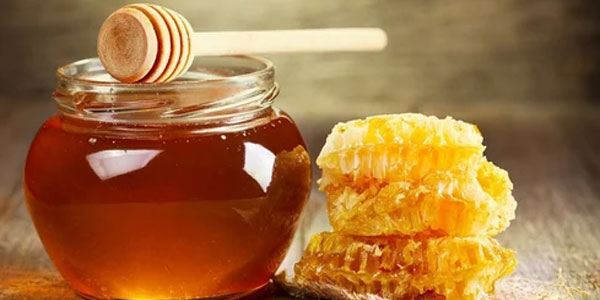
5. Packaging:
The final step involves packaging the honey in various containers, from classic glass jars to squeezable bottles. Labeling, sealing, and quality control ensure that the honey reaches consumers in its purest form.
Diverse Applications of Honey Processing
The processed honey that emerges from this intricate journey serves a multitude of purposes. Beyond being a sweet addition to culinary creations, it finds applications in various industries, including cosmetics, pharmaceuticals, and even wound care due to its natural antimicrobial properties.
Culinary Industry:
- Food Sweetener: The primary use of processed honey is as a natural sweetener in a multitude of culinary applications. It adds a distinctive flavor and sweetness to foods and beverages, including baked goods, cereals, teas, and salad dressings.
- Preserves and Jams: Honey's natural preservative properties make it an ideal ingredient in jams, jellies, and fruit preserves. It helps extend the shelf life of these products while enhancing their flavor.
- Confectionery: Honey is a key ingredient in a variety of confectionery items such as candies, chocolates, and caramel. It contributes to both the sweetness and texture of these treats.
Beverage Industry:
- Tea and Coffee Sweetener: Honey is a popular natural sweetener for hot and cold beverages. It dissolves easily in both hot and cold liquids, adding sweetness and depth of flavor.
- Brewing: In the craft brewing industry, honey is used to create honey-infused beers and meads, adding unique flavors and aromas to these alcoholic beverages.
Cosmetic and Personal Care:
- Skin and Hair Care Products: Honey's natural moisturizing and antibacterial properties make it a sought-after ingredient in skincare and haircare products. It is used in creams, lotions, masks, shampoos, and conditioners.
- Lip Balms: Honey is a common component in lip balms due to its ability to soothe and hydrate dry and chapped lips.
Pharmaceutical and Medicinal:
- Wound Healing: Medical-grade honey is used for wound care and healing due to its antimicrobial properties. It can help prevent infection and promote tissue regeneration.
- Cough and Sore Throat Remedies: Honey is a common ingredient in over-the-counter cough syrups and sore throat lozenges due to its soothing properties.
- Antioxidant Supplements: Honey contains antioxidants, and some products use processed honey to create antioxidant supplements.
Other Applications:
- Industrial Manufacturing Processes: In industries such as ceramics and textiles, honey can be used as a binder or lubricant in various manufacturing processes.
- Traditional Medicine: In some traditional medicine practices, honey is used to treat a range of ailments, including digestive issues, allergies, and skin conditions.
- Bee Feeding: Processed honey is sometimes used to feed bees during periods of low nectar availability, such as winter, to ensure the survival of bee colonies.
- Livestock Feed: In agriculture, honey is used as an ingredient in livestock feed to enhance nutrition and promote the growth of animals.
- Scientific Studies: Honey processing plays a crucial role in providing researchers with standardized honey samples for scientific studies related to honey's composition, quality, and potential health benefits.
These diverse applications highlight the versatility and value of honey processing in various industries and everyday life. Whether it's sweetening our favorite foods, nourishing our skin, or aiding in the healing of wounds, the applications of honey processing extend far beyond the simple act of sweetening our tea or drizzling over toast.
Honey market in India
The honey market in India was worth INR 23.3 billion in 2022. Looking ahead, experts predict that by 2028, it will reach INR 38.8 billion, growing at an average rate of 8.87% during this period.
Honey is a sweet, thick, and golden liquid made by bees from flower nectar. It contains antioxidants, vitamins (like niacin, thiamine, pantothenic acid, and riboflavin), and minerals. Honey can help maintain healthy cholesterol levels, improve memory and concentration, and boost the immune system. It also has natural antibacterial, antimicrobial, and anti-inflammatory properties, which make it a common sweetener in drinks like fermented beverages and wine in India.
The Future of Honey Processing and Future Trends
As global awareness of natural, locally sourced products continues to grow, the honey processing industry stands at the threshold of innovation. Sustainable and eco-friendly practices, transparency in labeling, and the preservation of bee populations are at the forefront of industry trends.
- The increasing prevalence of chronic diseases like diabetes, heart problems, and cancer is driving the demand for honey, which is seen as a healthier sweetener.
- People are looking for products that boost their immunity and overall health, which is creating opportunities for honey manufacturers.
- Honey is increasingly being used in home remedies, further increasing its popularity.
- Honey's medicinal properties, including antiviral, antifungal, and antibacterial effects, are being recognized, leading to more use in medicines for treating coughs and throat infections.
- Companies are introducing new types of honey products, fueling market growth.
- The government is offering training and support to farmers to improve beekeeping practices.
- The expansion of organized retail channels like supermarkets, hypermarkets, and online stores is making honey more accessible.
- Investment in research and development to improve honey extraction processes is expected to drive further market growth.











